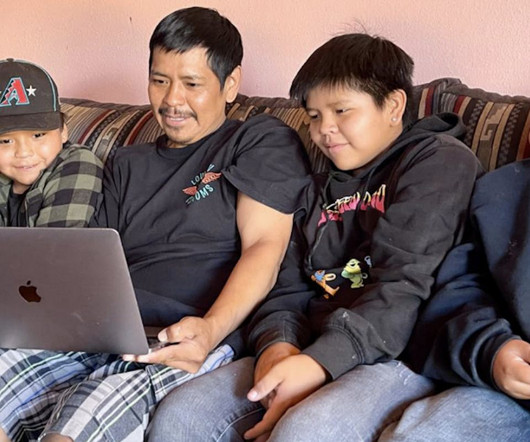The Pandemic Fueled Gains in Digital Equity. But for Native Tribes, It’s Complicated.
Edsurge
MAY 1, 2024
federal government’s E-Rate program, which provides “universal service” funding to schools and libraries for telecommunications and internet, also said it wouldn’t pay for another project. Without it, students can struggle to turn in or even access school assignments. Early on, the U.S. That wasn’t always obvious, she says.
















Let's personalize your content